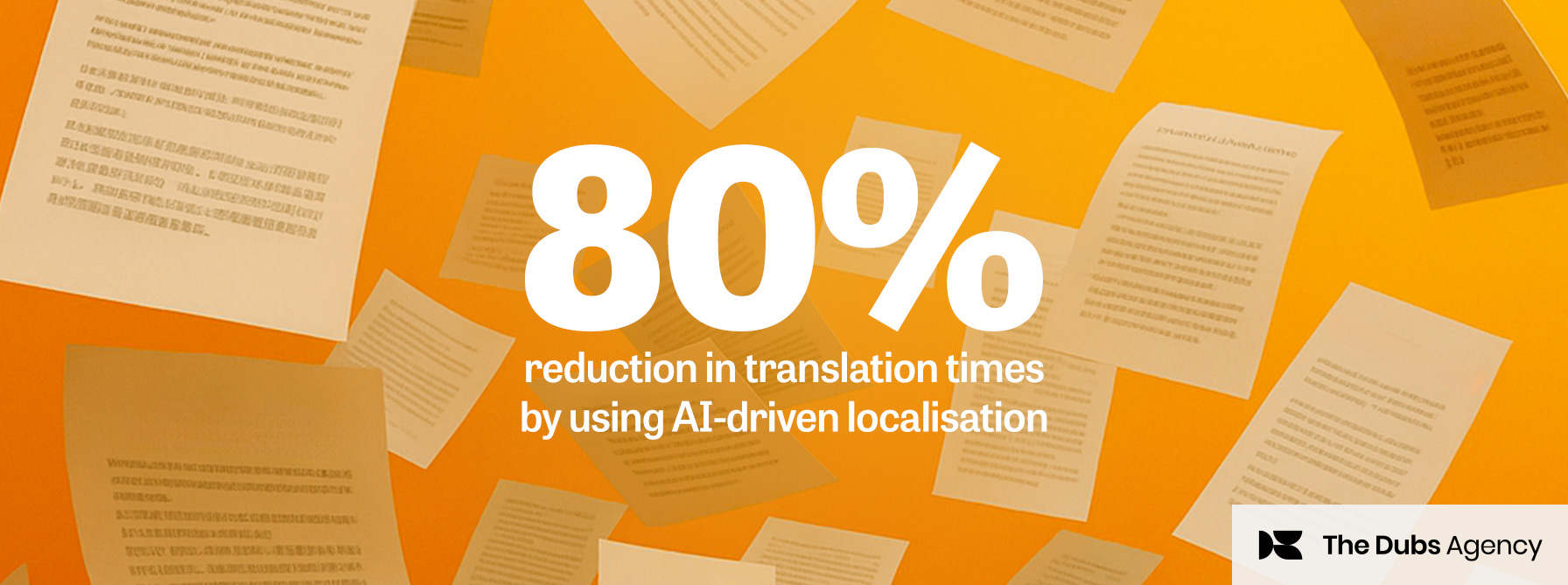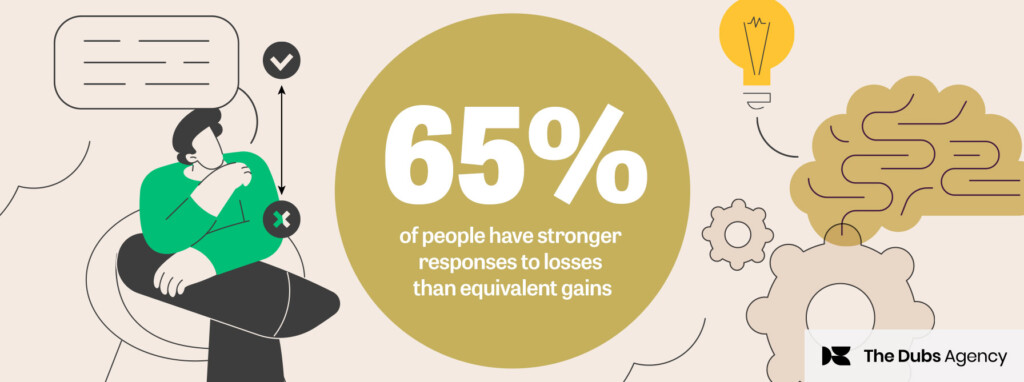Financial marketers at global banks and asset managers face a daunting challenge: delivering high-quality content in each region’s language without ballooning costs or timelines. Audiences across Europe expect market outlooks, fund updates, and regulatory notices in their native tongue, delivered promptly. Traditionally, meeting this demand meant lengthy workflows and expensive translation budgets. Now, artificial intelligence (AI) is emerging as a game-changer. One major asset manager, for example, cut translation times by 80% using AI-driven localisation. This article explores how AI enables scalable, cost-effective regional content delivery in financial services, with examples from Schroders and Allianz Global Investors.
The need for localised content in finance marketing
In finance, content only resonates if the audience understands it – meaning firms must present everything from quarterly outlooks to fund fact sheets in the client’s own language. For UK and European marketers, that often entails producing materials in multiple languages simultaneously. Historically, doing this for every update was slow and costly, leading to inconsistencies and delays across regions. With pressure to achieve more with less, many teams now ask: Can AI speed up multilingual content delivery without sacrificing quality?
How AI is enabling scalable localisation
Neural machine translation engines (from providers like DeepL or Google) can convert text into dozens of languages with impressive accuracy. This makes it possible to take a single English market commentary and generate French, German or Italian versions in minutes instead of weeks. AI-driven translation has become a “powerful accelerator” for global campaigns, handling volumes that would overwhelm human teams.
Importantly, AI augments rather than replaces human expertise. Many organisations use a “machine-translate then human-edit” workflow: the AI produces a draft, and local experts quickly refine it. This yields fast turnarounds without losing nuance or compliance oversight. Schroders exemplifies this – its team automates initial translations and then reviews for accuracy. As one marketing lead put it, translations were an obvious target since
“ we spend so much money with translation agencies who in turn use AI tools as well – so why not bring the AI in-house?”
“ we spend so much money with translation agencies who in turn use AI tools as well – so why not bring the AI in-house?”
Real-world examples of AI localisation
Schroders stands out as an early adopter. The UK asset manager built an internal AI assistant called “Genie” to help employees with content tasks, including translation. By keeping the tool internal, Schroders overcame compliance concerns. The result: Schroders can now localise materials for its dozens of regional websites much faster than before. Its in-house system handles up to 28 languages and has slashed turnaround times – achieving around an 80% time reduction on some projects.
Allianz Global Investors likewise turned to AI to streamline content production. Allianz’s marketing team used an AI-driven captioning platform to generate multilingual subtitles for videos, making global webinars and interviews accessible in local languages eight times faster than manual processes.
Other players like BNP Paribas are reportedly exploring similar AI localisation strategies, integrating machine translation into their workflows – although specifics remain mostly internal.
Overcoming challenges in cost, speed and compliance
AI’s appeal lies in how it tackles the classic pain points of localisation:
- Cost efficiency: Automating translations with AI cuts down on pricey outsourcing. Once an AI system is in place, the cost to translate each additional document is far lower than using human-only resources.
- Scalability: A lean team can manage dozens of languages with AI doing the heavy lifting. Even a small staff can launch content in all markets at once, so no region waits for updates.
- Speed to market: What once took weeks can now take hours. Faster translation means faster publication – critical for time-sensitive market insights. For example, Allianz saw an 8× faster turnaround on video subtitles with AI.
- Compliance & consistency: AI can be trained on approved terminology and disclosure language to maintain accuracy across locales. Secure, on-premise solutions also keep sensitive data in-house.
“ The major gain to date is to have secured the translation process globally and significantly reduced the risk of confidential data leaks”
“ The major gain to date is to have secured the translation process globally and significantly reduced the risk of confidential data leaks”
notes Laurent Rochat of private bank Lombard Odier. Human reviewers still check cultural and legal nuances that AI might miss.
Conclusion: A new era of efficient localisation
AI is ushering in a new era of efficiency for financial marketing localisation. Instead of choosing between scale and quality, teams can now achieve both – delivering multi-language content faster and at lower cost. Early adopters like Schroders show that, with the right safeguards, AI can expedite multilingual content production without compromising compliance or brand integrity. As these tools become standard, firms that embrace AI-driven localisation will gain an edge in engaging clients in every region in their own language.
If you’d like to know more contact The Dubs Agency we’d love to help.









